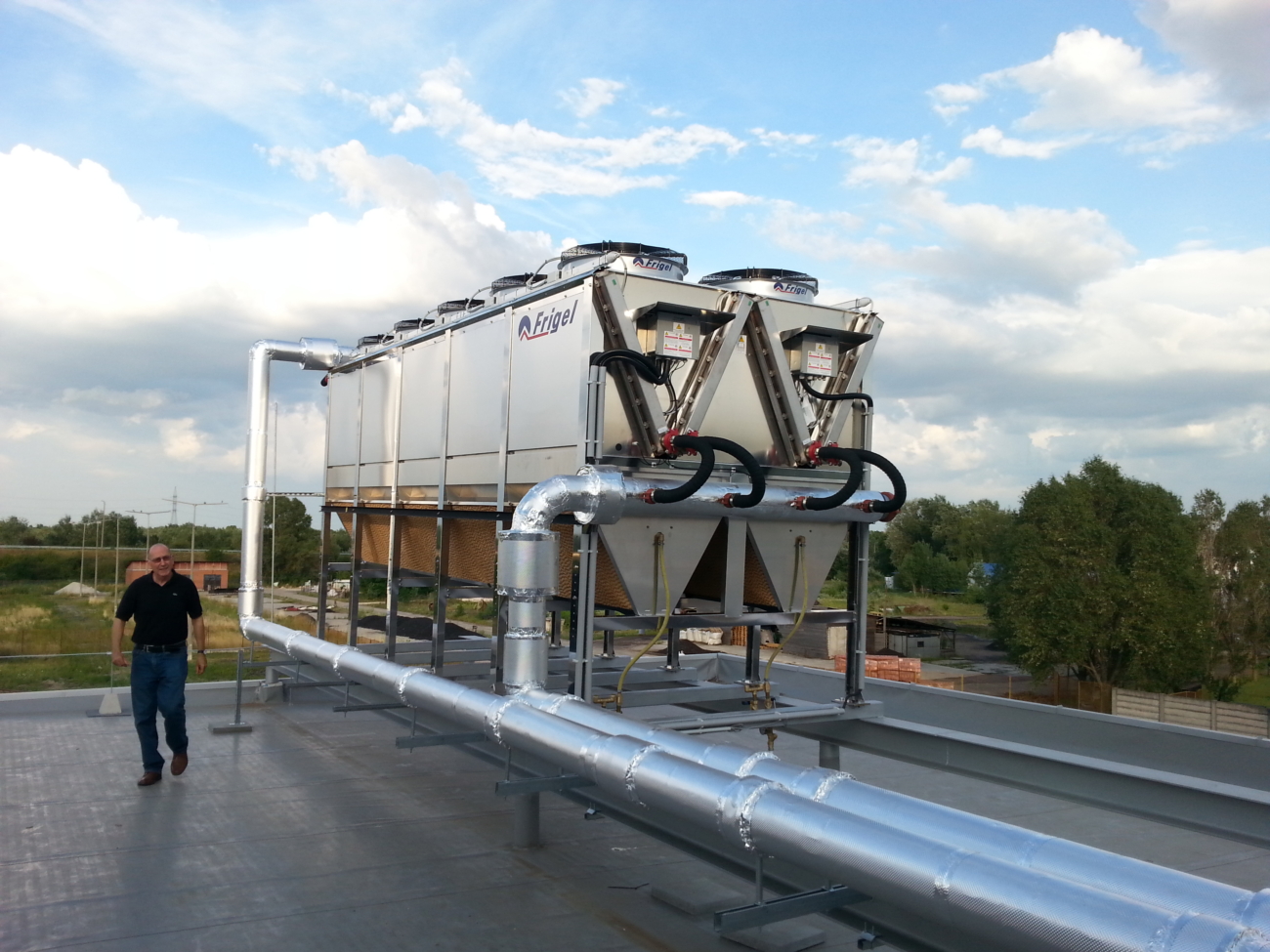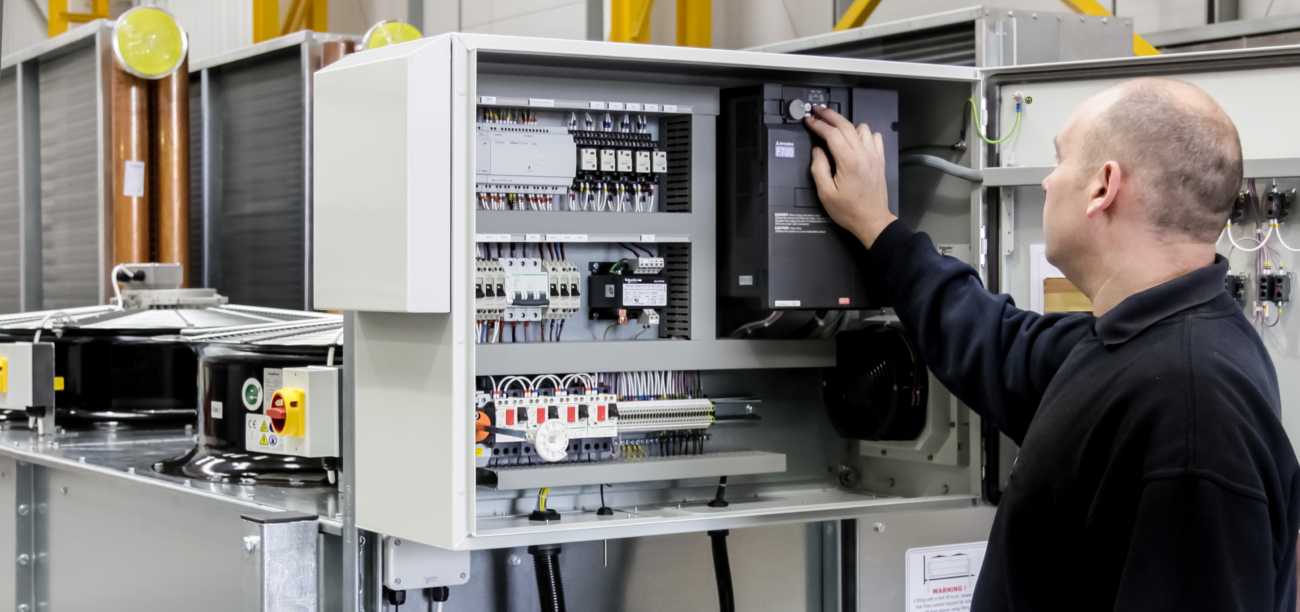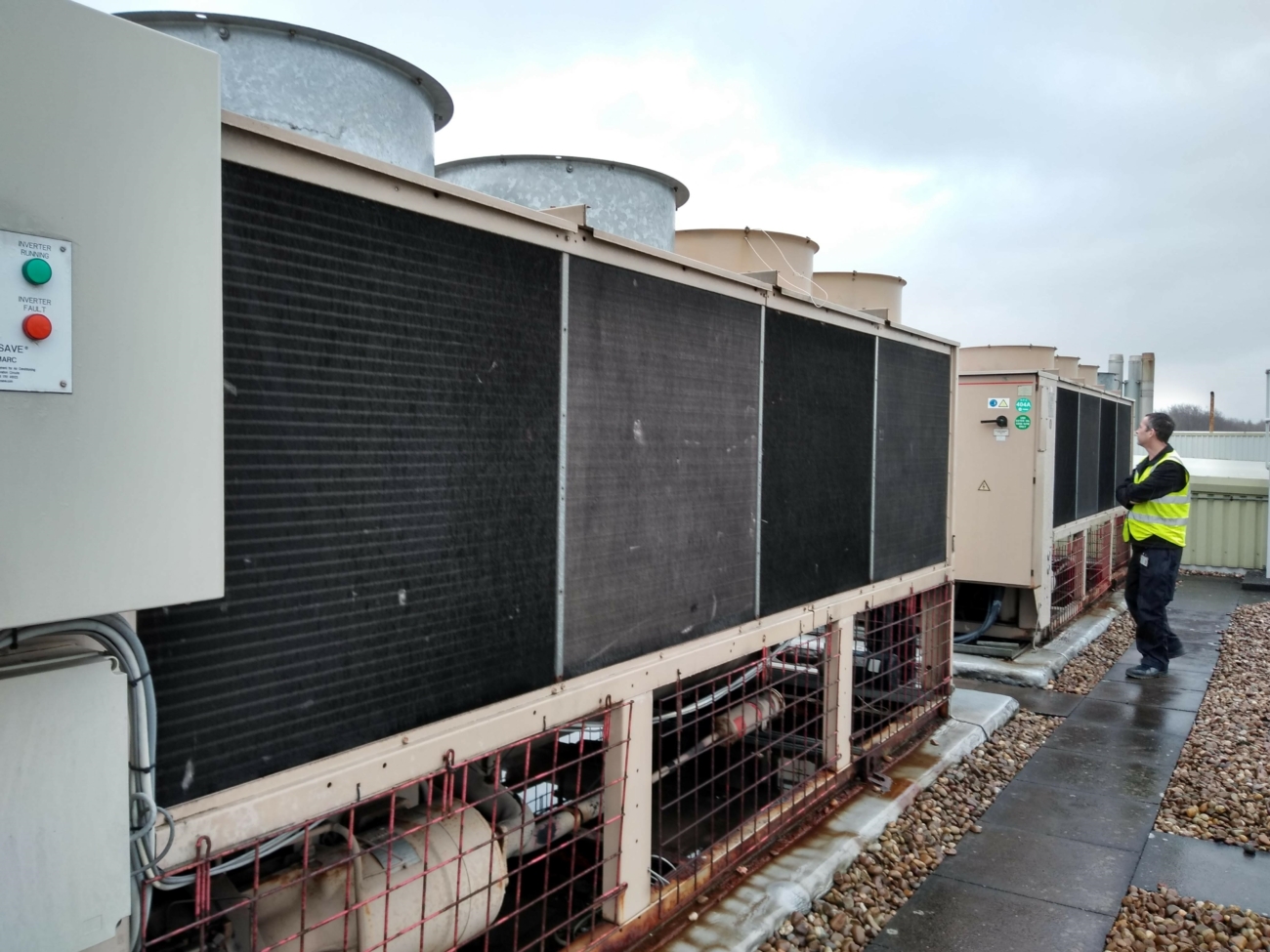What to Expect During a Cooling System Maintenance Visit?
05 February 2024
What is done on a cooling system maintenance visit? This is a question so often asked of our cooling engineers. The primary reason for a maintenance visit is to catch early signs of potential problems that could lead to the client suffering downtime on their cooling system. Think of it like an MOT – you have your car serviced to catch any problems before they become something major, and a cooling system maintenance visit is no different.



What can you expect on a Cooling System Maintenance Visit?
Firstly, our engineers will look over the equipment and observe any signs that something has occurred since the last visit - if they are not the engineer who serviced the equipment before, then this will be their first impression of the equipment.
They are trained to readily spot obstructions to airflow across air-coolers and condensers which can and will lead to increased running costs and poor performance. With chillers it will lead high head pressures and ultimately failures on high pressure protection - this might be caused by tree pollen, weeds growing, stacked pallets, cardboard boxes - whatever the cause, we take a picture, document it, and let the client know.
- We look for tell-tale signs of refrigerant weeps - the tiniest amount of oil weeping will spread a long way around a chiller. If there is oil, there is a refrigerant weep, and this is not good news at all as the end result is always downtime - so by catching it early there will be less cost involved.
- Water leaking is also another easily spotted sign of an issue, could be from unions, pumps, relief valves - there is always a cause that needs to be investigated and reported on.
- Check pressure gauges (if they are fitted) and then refer to the unit specifications - are there wild fluctuations or signs that point towards a healthy system or one that needs investigating further.
- If we can see the compressors on a chiller whilst in operation, we check whether they are dry or are they 'sweating' profusely. If they are sweating, we check the superheat against what we’d expect, as this can be a sign of refrigerant 'flood back' that needs checking and sorting.
We’ll also check for signs of 'caramelised' colouring to the wires which indicates hot connections, and the use of an inspection mirror for checking underneath connections is almost invaluable at spotting issues here.
Next is the testing - it will always start with testing and recording the incoming voltages to the machine, followed by the current draw per component and the checking of the rating of the component and the setting of the overload - if the overload is set way over the draw, we will set correctly and monitor for the duration of the visit. We will record and advise the client as they may have the history as to why.
If compressor crankcase heaters are fitted, it is absolutely vital that they are functioning to prevent liquid being held in the compressor oil and for ensuring trouble free compressor start-ups. Their importance cannot be underestimated on external chillers during cooler periods.
We will check and clean any air filters in the electrical control panel and make sure any ventilation fans are functioning correctly. These things are not there for show, they keep your electrical panel cool enough that the overloads stay within temperature range, as hot panels de-rate the overloads and will cause nuisance tripping when the panel is closed up due to heat build-up inside the enclosure that cannot escape. Following this we check water pump pressures against the pump data plate to ensure it is 'on-curve' and we then record these readings against the current draw per phase.
Now we move onto the regulatory FGas testing - an electronic leak detector is used around the refrigeration circuit to highlight any potential undetected weeping of gas. This is a regulatory requirement that, dependent on the gas type and quantity, needs to be carried out either once, twice or four times a year.
Any and all refrigerant pressure relief valves should have the date of manufacture recorded and the customer advised on these. Present guidelines are that at every five-year interval they should be replaced as a matter of course, the customer may have insurance inspectors that require these be replaced at shorter periods. Summit Process Cooling cannot enforce these valve changes, but we will always advise. An FGas report form will be produced for the client to hold on their premises in their FGas record folder.
Finally, the water running around the system - a simple refractometer will be used, and the client advised of the level of protection available for the contents.
Summit Process Cooling do not carry out water treatment sampling, however we can appoint a specialist service provider to complete this.
There are other observations made during any service work that may be recorded and advised to the client, but the above is a true and accurate reflection on the process.
Why is a Cooling System Maintenance Visit important?
- It detects problems early: By identifying issues in their early stages, maintenance visits prevent unexpected breakdowns and minimise downtime.
- It improves performance: Regular maintenance ensures optimal system performance by addressing obstructions, leaks, and faulty components that can reduce efficiency.
- It extends lifespan: Proper maintenance enhances the durability and longevity of the cooling system, reducing the need for premature replacements.
- It saves costs: Proactive maintenance avoids major breakdowns and expensive repairs, while improving energy efficiency to lower operating costs.
- It ensures compliance and safety: Maintenance visits fulfill regulatory requirements, such as FGas testing, and identify potential hazards for enhanced system safety.
Having regular cooling system maintenance visits is essential to prevent problems, optimise performance, extend your system's lifespan, save costs, meet regulatory requirements, and ensure safety. It is a proactive approach that helps to maximise the efficiency and reliability of the cooling system. Contact us today to discuss your next Maintenance Visit, service@summitsystems.co.uk.
YOUR INDUSTRY COVERED
Speak to the experts today
To discuss our maintenance options and your requirements, please leave us a message here and a member of our team will be in touch shortly.
+44(0)1827 213 401
service@summitsystems.co.uk